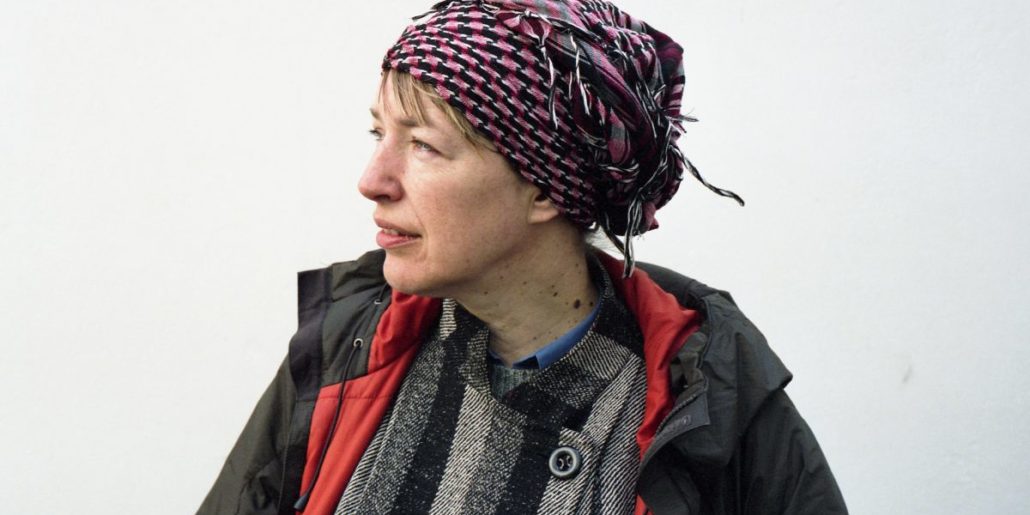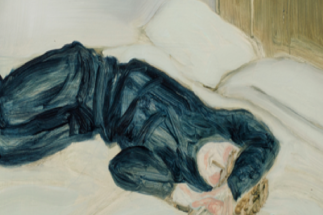Biography
Myriam Van Imschoot makes performances and creates sound poetry, vocal pieces, video and sound installations. She moves between different institutional fields and media and focuses on experimenting with contexts, if she does not create a context herself. This gives her a unique place within the Belgian art world.
As an artist she originally used archives as her medium. The duet Pick up Voices 2007 with Christine De Smedt and the sound installation Black Box 2009 show an interest in the performative potential of archival documents and their construction of alternative historiographies. Her solo Living Archive (2011) was a personal testimony from an “average girl next door who likes mixed tapes.” The piece was praised for its originality and was shown in the Kaaitheater, the Vooruit and the Buda Arts Center, among others.
Fascinated by the phenomena of long-distance communication, Van Imschoot started working on a cycle about yodelling, shouting, waving and the calls of birds. Hola Hu (2013) and Kucku (2014) are deconstructive yodelling duets that reframe folklore as it is passed down and modified. Together with an ensemble of women, she creates performances based on vibrating sounds that are common in certain regions in Africa and the Middle East. YOUYOUYOUYOU (2015), a breathtaking whirlwind written as one long ‘collective cry in crescendo’, became a success. She created this piece together with local artists in Brussels, Jaffa and Grenoble. In HELfel (2016) 28 artists interweave their vibrating cries with the acoustics of a park.
Van Imschoot creates pieces for specific public spaces, both urban and rural: in the mountains, stations, parks, on roofs and public squares. She received commissions from Sculpture International Rotterdam, the architectural firm ZUS, Binaural Sound arts Center, Téléphérique, etc. With Toine Horvers, she created the vocal performance Vozes de Magaio (2011) for the mountain area in the north of Portugal and Singelstromen (2012) for the urban area. space in Rotterdam.
In 2017 and 2018, she and a number of collaborators created participatory theater and performances inspired by practices with democratic potential. The world of choirs inspired her for the piece IN CHOIR! (2017), a music theater project with 25 untrained singers (directed by Van Imschoot and Willem De Wolf, production by Campo and Cie. De Koe). The different routines in a swimming pool formed the basis for SPLASH!, a piece for which Van Imschoot collaborated with Christine Desmedt. Together they created a performance with 55 local participants tailored to the swimming pool, with the support of the city of Kortrijk and the Buda Arts Center. In addition to performances, Van Imschoot is also involved in films. She has directed eight films, of which Le Cadeau (2018) was the last in a series about vocalists (48′, distributed by Argos). The film is shown at festivals and galleries.
What Nature Says (2015) is a vocal performance for six performers who imitate their ‘natural environment’ only through their voice and body. Bird calls play an important role. In this “eco-fairy tale that becomes grim(m)”, Van Imschoot continues her ambition to stage ‘forms’ of how both people and animals try to communicate with a sense of urgency and impossibility.
She is currently exploring ‘new polyphonies’ and their social and political implications. In addition to the performance newpolyphonies with HYOID (2020), 2021 will include the community-based sound poetry project with Marcus Bergner (Le Brass), the publication residency with Cairography Collective in the Kunsthal Ghent and a version that remixes newpolyphonies in an autonomous installation with an orchestra of 20 small speakers.
Myriam is regularly asked for voice workshops or workshops on sound poetry with Marcus Bergner.
In residentie Nocturnes for a society
01.01.2023 – 01.01.2023
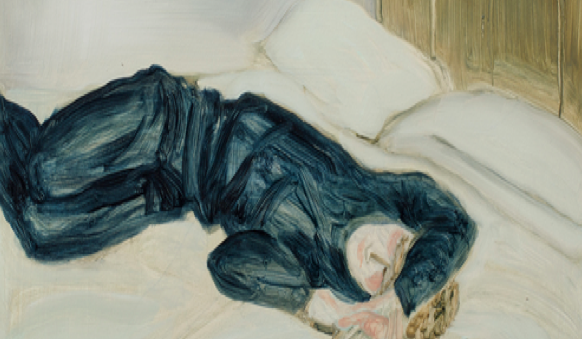
With our voices we weave a nocturnal sound carpet and use it as a blanket to crawl under and fall into a special sleep with the sounds of the city in the background. Sound artist Myriam Van Imschoot and scenographer Lucas van Haesbrouck continue to build on the legacy of the American composer and sound activist Pauline Oliveros, in addition to other rich traditions that see harmony as an ancient recipe for connection between people. The audience plays an indispensable role: interacting with each other, with objects and with space, they interpret a score and almost effortlessly create astonishing textures and atmospheres full of details. The nocturne takes on a life of its own and continues like a trail through the night, in the various stages of rest and sleep. The environment nourishes this event as an oasis of light, shadow, sound, textiles, reverie, where associations flourish freely. Synesthesia becomes social possibility.
In residentie JUBEL
10.01.2024 – 14.01.2024
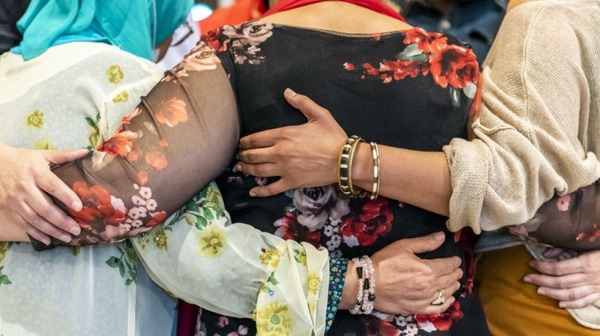
Humans and animals reconciled in a palette of trills and song lines
Youyou, that shrill, loud shimmering sound that expresses joy and sometimes also mourning. The vocal expression, called zaghareed in Arabic, is also alive in Brussels, where performance and sound artist Myriam Van Imschoot helped found the YouYou Group. In the staged performance Jubel, 16 performers with Els Mondelaers present their own version of polyphony, a term that is not usually used in Arabic music. Schapengemekker is one of the lines of inspiration that lead to circling sound choreographies and the spatial lines of herds.
In residentie HAMEL
16.01.2024 – 26.01.2024
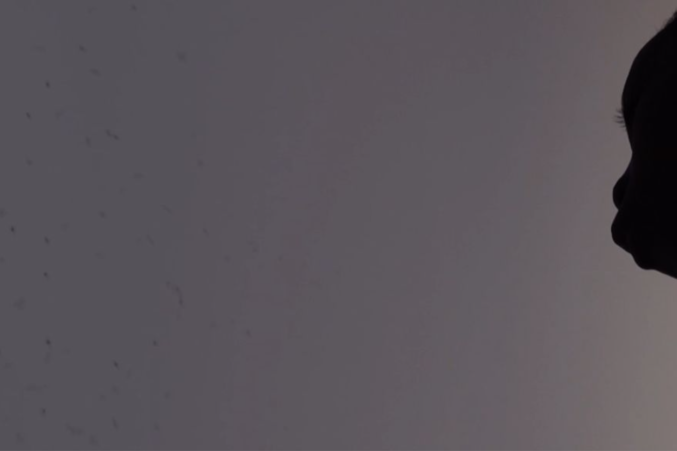
The vocal performance ensemble YouYou Group always demonstrates the liberating power of the voice. The performers anoint and scourge your hearing with impressive vocal impact. Softly shimmering or loudly blaring: you will never forget the well-known vibrating cries or youyous. Youyou is a French translation of the zaghareet. It is an age-old cry of intense joy, especially heard at weddings or births.
Hamel is YouYou Group’s first full-length musical theater performance for the main hall. Expect a contemporary version of the legend about the flautist who rids a city of a plague of rats. When his reward is not forthcoming, a plague can no longer be avoided. In Arabic, ‘hamel’ means, among other things, ‘I want…’ and ‘neglect’. Hamel will be a special vocal journey that will resonate for a long time.

